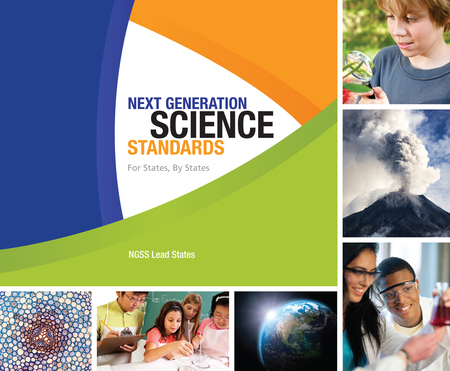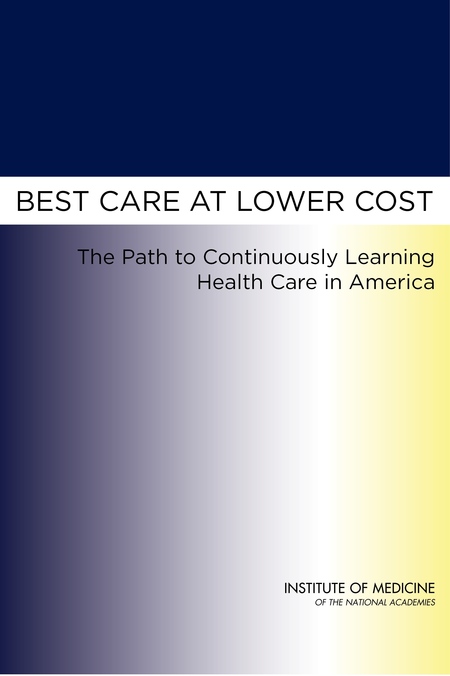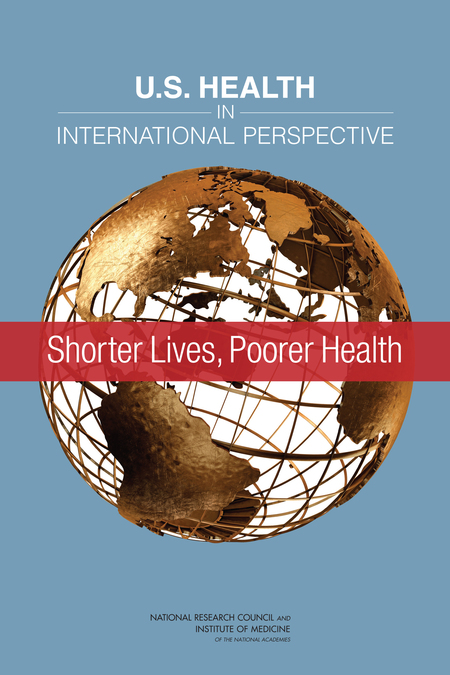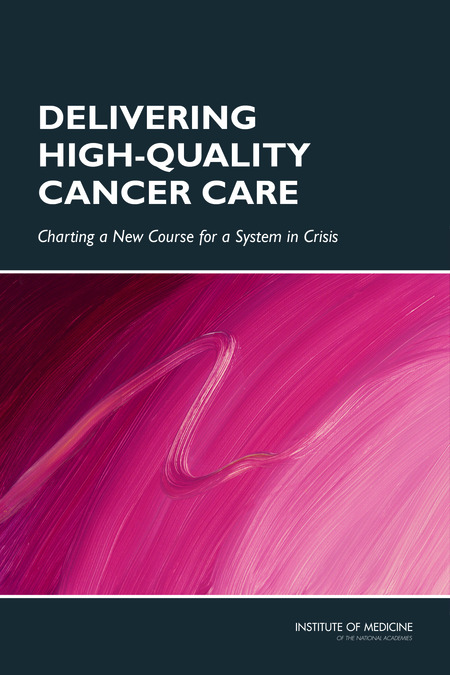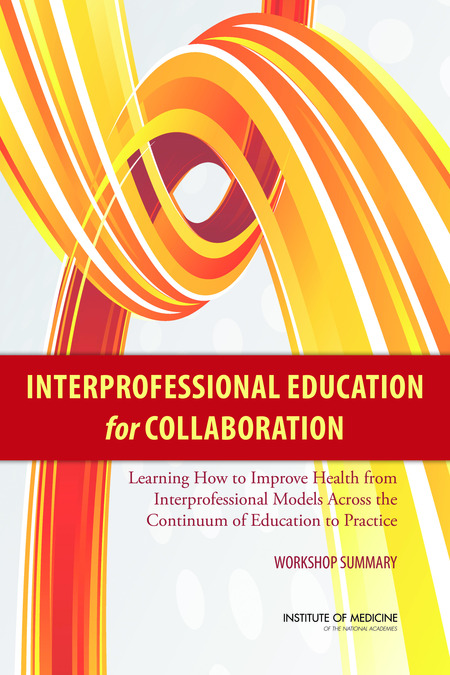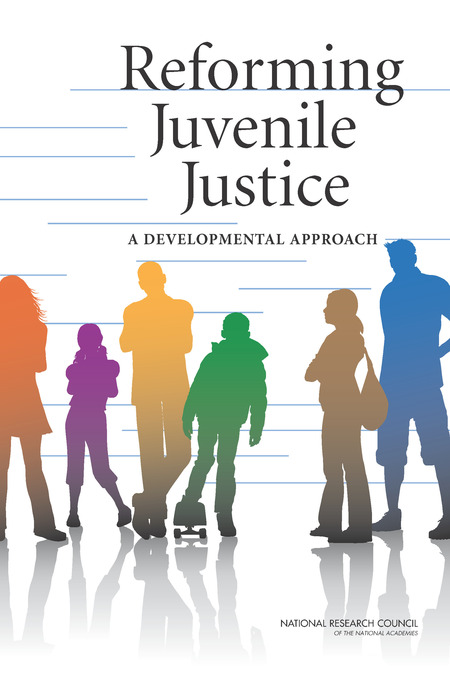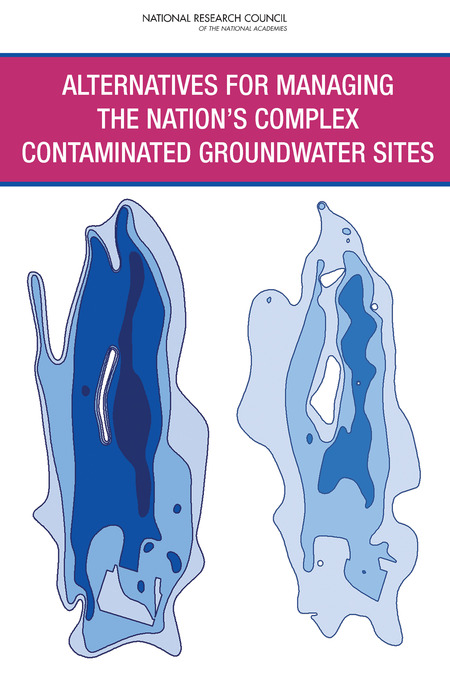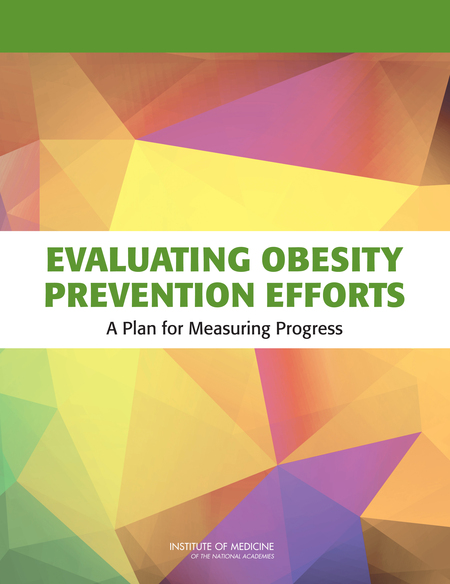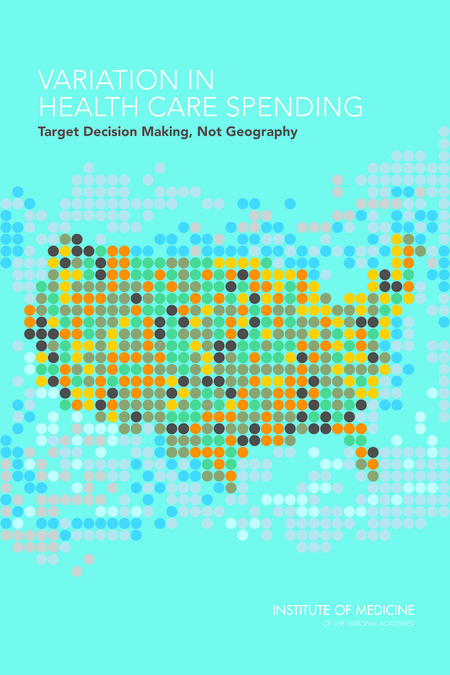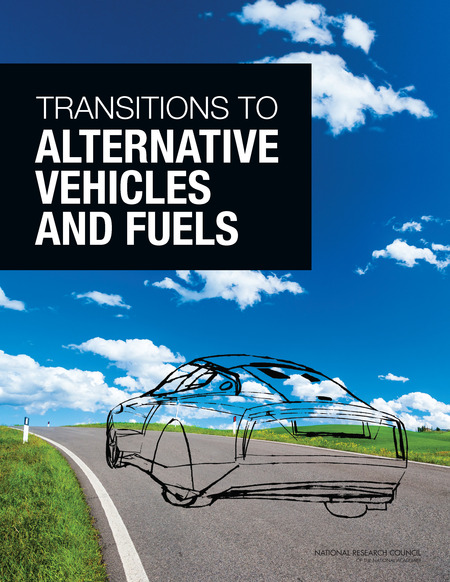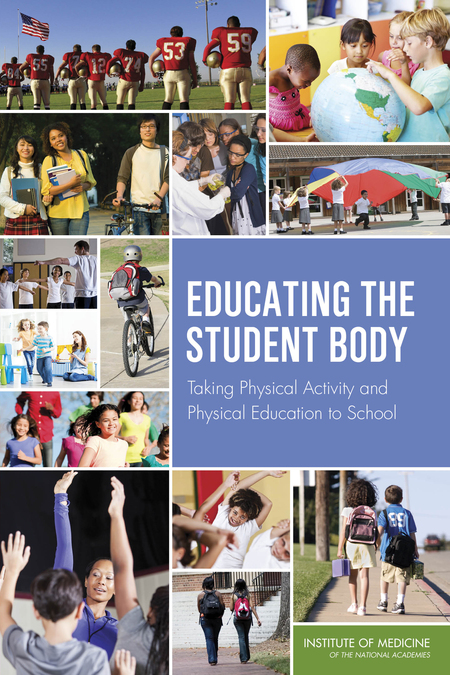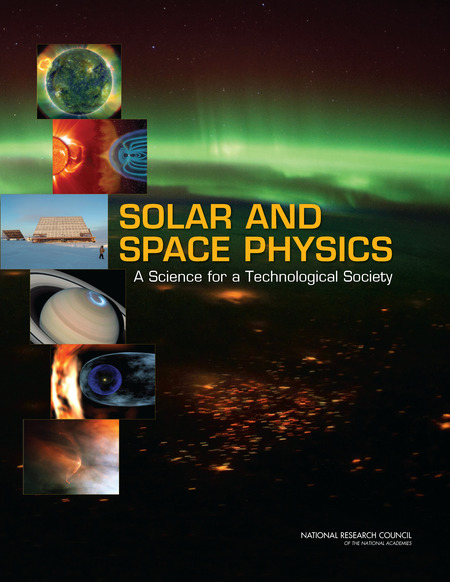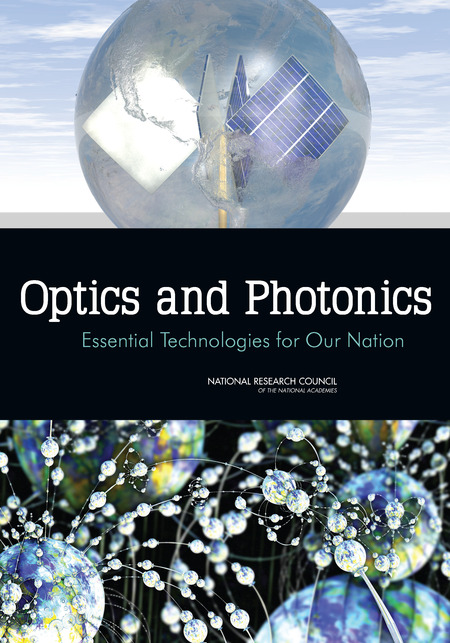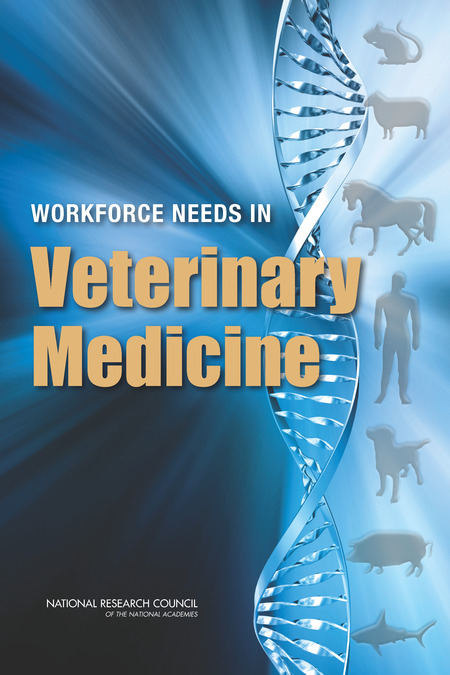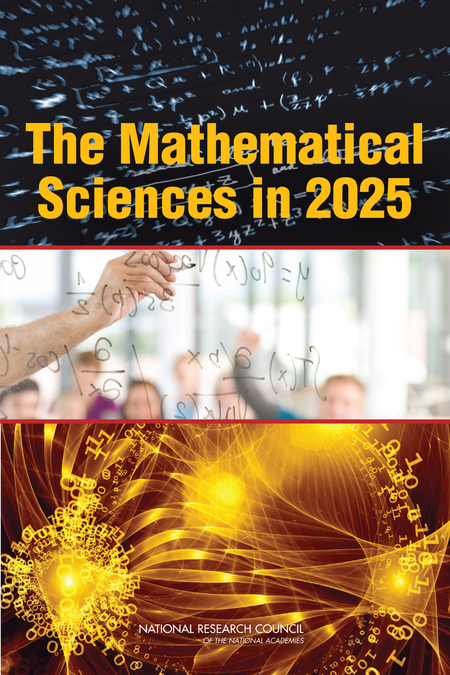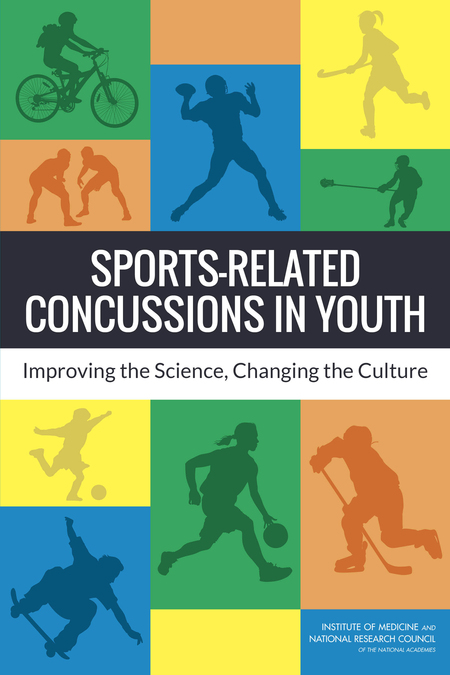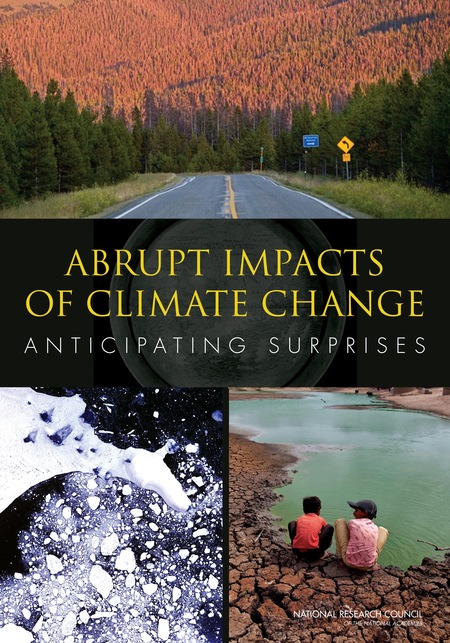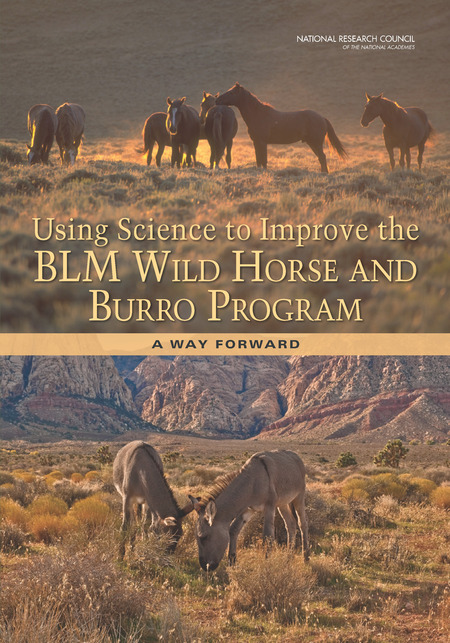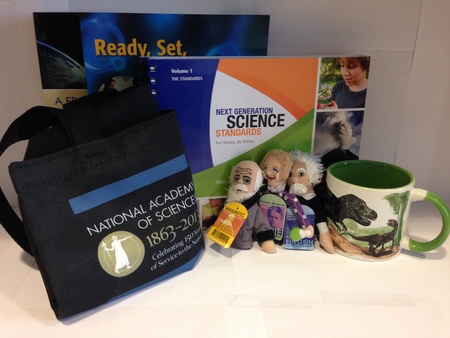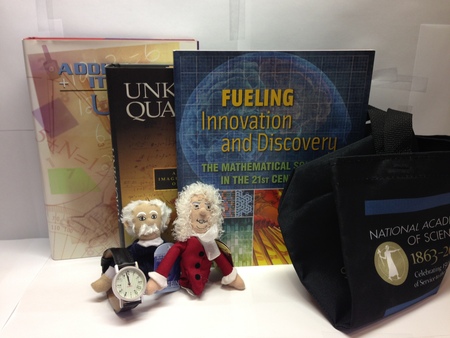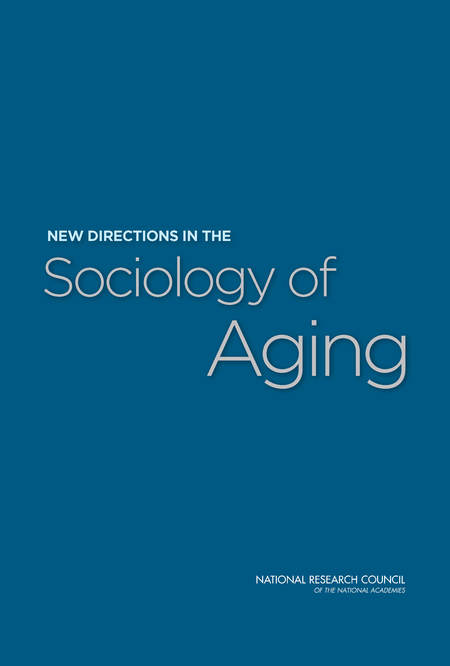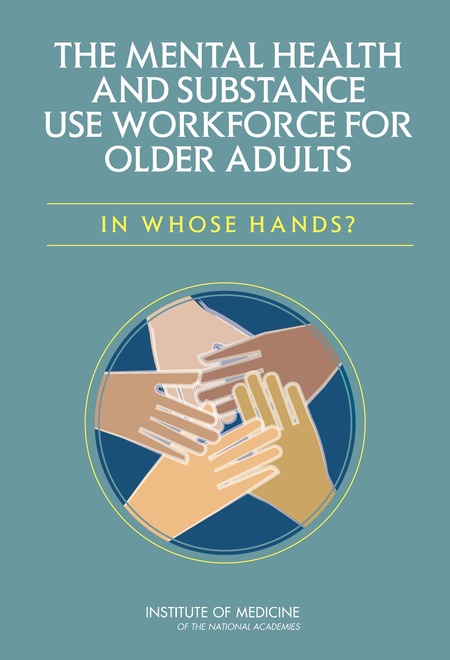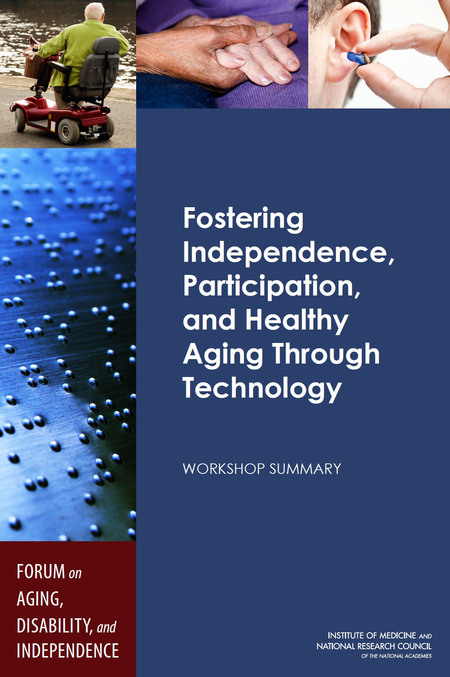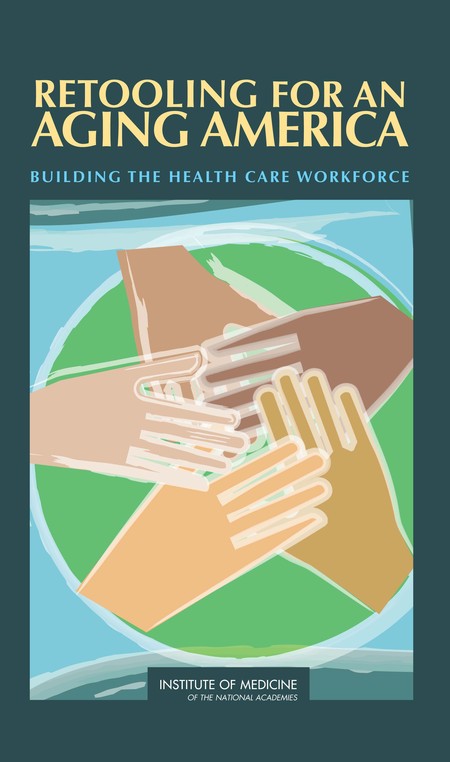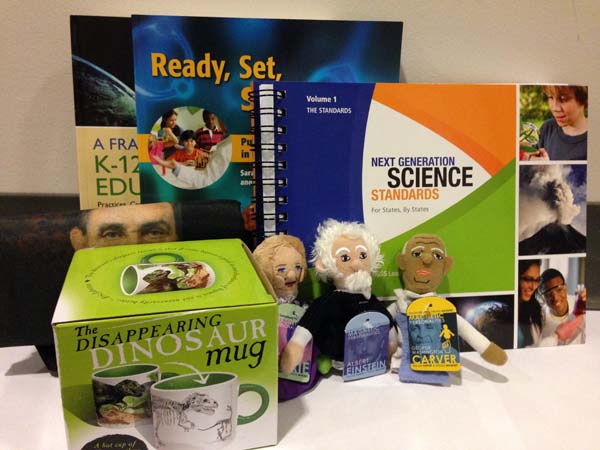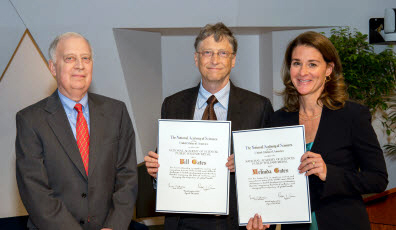Yesterday morning, the National Academy of Sciences had the honor of celebrating its 150th anniversary with a speech by President Barack Obama. The President reflected on Abraham Lincoln’s founding of the National Academy of Sciences 150 years ago and asserted the importance of setting priorities for research, continuing our nation’s scientific advance, and maintaining our cutting edge with a fidelity to facts, truth, and evidence. President Obama emphasized that investments made today in science, technology, engineering, and medicine are all critical to the nation’s prosperity, and are bound to pay off for many years to come
This visit continues a succession of Presidential milestones, beginning with the founding of the NAS by President Lincoln in 1863, President Coolidge’s participation in the dedication of the NAS Building in 1924, and President Kennedy’s address at the Academy’s centennial celebration in 1963, as well as speeches by Jimmy Carter in 1979 and by George H.W. Bush in 1990.
Below is President Obama’s full speech annotated with reports from the National Academies press that are available for free download to help keep us on the leading edge of science innovation. To watch a recording of the President’s address, visit: www.nap.edu/Obama
Remarks by the President on the 150th Anniversary of the National Academy of Sciences
National Academy of Sciences
Washington, D.C.
11:30 A.M. EDT
THE PRESIDENT: Thank you very much. Thank you so much. (Applause.) Please, everybody have a seat.
Well, it’s good to be back. Good morning, everybody, and thank you, Dr. Cicerone, for the kind introduction and the great work that you do. The good doctor was reminding me that the first time I came here, apparently joking, I warned him and John Holdren not to age too much in their jobs. And it turns out I’m the guy who’s aged. (Laughter.) They look great.
But, as always, it’s an honor to join our nation’s preeminent scholars, including my own Science Advisor, John Holdren, to celebrate the 150th anniversary of the National Academy of Sciences. And since I did not do well enough in chemistry or physics to impress you much on those topics, let me instead tell a story.
One hundred and fifty years ago, the nation, as all of you know, was in the midst of the Civil War, and the Union had recently suffered a devastating defeat at Fredericksburg. The road ahead seemed long and uncertain. Confederate advances in weapons technology cast a dark shadow on the Union.
The previous spring, in the waters outside of Hampton Roads, the ironclad Confederate battleship Virginia had sunk two wooden Union ships and advanced on a third, and this endangered the Union blockade of Virginia and threatening Union forces along the Potomac River. And then, overnight, the USS Monitor, an ironclad herself, arrived and fought the Virginia to a draw in the world’s first battle between iron-sided ships.
There was no victor, but the era of ironclad warfare had begun. And it brought unexpected challenges for President Lincoln and his Navy as they expanded this fleet in early 1863, because aboard their new iron-side battleships, sailors found that the iron siding made the ships’ compasses unpredictable, so it skewed navigation, and they were bumping into things and going the wrong way. (Laughter.) So the basic physics of magnetism undermined the usefulness of the ironclad vessels, even as the Confederates were stocking up on them.
And that’s where your predecessors came in. Because in March of 1983 — 1863, rather — President Lincoln and Congress established the National Academy of Sciences as an independent and nonprofit institution charged with the mission to provide the government with the scientific advice that it needed. And this was advice that was particularly useful in the thick of battle.
The National Academy soon counted the nation’s top scientists as members. They quickly got to work. By the next year, they were inspecting the Union’s ironclads and installing an array of bar magnets around the compasses to correct their navigation. So right off the bat, you guys were really useful. (Laughter.) In fact, it’s fair to say we might not be here had you not — (laughter) — certainly I would not be here. (Laughter and applause.)
Now, political leaders have long recognized the connection between technology and warfare throughout our human history. Sadly, this is an element of the human condition. We take our wars very seriously and we’re always looking for new ways to engage in a war. But President Lincoln founded the Academy with a mandate that went far beyond the science and technology of war. Even as the nation was at war with itself, President Lincoln had the wisdom to look forward, and he recognized that finding a way to harness the highest caliber scientific advice for the government would serve a whole range of long-term goals for the nation.
It was the same foresight that led him to establish land-grant colleges and finish the Transcontinental Railroad — the idea that the essence of America is this hunger to innovate, this restlessness, this quest for the next big thing. And although much of this innovation would be generated by the powers of our free market, the investments and the convening power of the federal government could accelerate discovery in a way that would continually push the nation forward.
That’s our inheritance, and now the task falls to us. We, too, face significant challenges — obviously not of the magnitude that President Lincoln faced, but we’ve got severe economic and security and environmental challenges. And what we know from our past is that the investments we make today are bound to pay off many times over in the years to come.
So we will continue to pursue advances in science and engineering, in infrastructure and innovation, in education and environmental protection — especially science-based initiatives to help us minimize and adapt to global threats like climate change.
And I’m confident we’ll meet that task because we’ve got you — brilliant and committed scientists to help us guide the way. And part of what’s made the Academy so effective is that all the scientists elected to your elite ranks are volunteers — which is fortunate because we have no money anyway. (Laughter.) For 150 years, you’ve strived to answer big questions, solve tough problems, not for yourselves but for the benefit of the nation. And that legacy has endured from the Academy’s founding days. And when you look at our history, you’ve stepped up at times of enormous need and, in some cases, great peril.
When Woodrow Wilson needed help understanding the science of military preparedness, he asked the Academy’s eminent scientists to lay it out for him. When George W. Bush, more recently, wanted to study the long-term health effects of traumatic brain injuries suffered by soldiers in Iraq and Afghanistan, he set your scholars to the task. Today, my administration relies on your expertise to answer critical questions like: How do we set our priorities for research? How can we get the most out of the nanotechnology revolution? What are the underlying causes of gun violence?
And more important than any single study or report, the members of this institution embody what is so necessary for us to continue our scientific advance and to maintain our cutting-edge, and that’s restless curiosity and boundless hope, but also a fidelity to facts and truth, and a willingness to follow where the evidence leads.
And I’d like to acknowledge the other organizations that have been obviously very important in this whole process — the National Academy of Sciences, the National Academy of Engineering, the Institute of Medicine — all who’ve contributed similar leadership in maintaining the tradition, upholding the highest standard of science.
And, by the way, we do have colleagues in Congress who believe in science and believe in evidence. One of them is here, Congress Rush Holt. We’re very grateful to him for his outstanding work. (Applause.) And I want to thank many of the members of my administration, as well as PCAST, my — I always forget what exactly it stands for but — (laughter) — it’s my smart science people — (laughter) — who have contributed enormously to the work that we’re doing on a whole range of issues, from energy to advanced manufacturing, have really been extraordinary. I want to thank the members of my administration who are here as well who all are invested in making sure that we keep American science the best in the world.
Now, the good news is America remains a world leader in patents and scientific discovery. Our university system is the crown jewel of our economy as well as our civilization. And that’s what’s allowing us to continually replenish our stock of people who are willing to dream big dreams and reach higher than anybody else.
And what I want to communicate to all of you is, is that as long as I’m President, we’re going to continue to be committed to investing in the promising ideas that are generated from you and your institutions, because they lead to innovative products, they help boost our economy, but also because that’s who we are. I’m committed to it because that’s what makes us special and ultimately what makes life worth living.
And that’s why we’re pursuing “grand challenges” like making solar energy as cheap as coal, and building electric vehicles as affordable as the ones that run on gas. And earlier this month, I unveiled the BRAIN initiative, which will give scientists the tools that they need to get a dynamic picture of the brain in action, and better understand how we think and learn and remember.
Today, all around the country, scientists like you are developing therapies to regenerate damaged organs, creating new devices to enable brain-controlled prosthetic limbs, and sending sophisticated robots into space to search for signs of past life on Mars. That sense of wonder and that sense of discovery, it has practical application but it also nurtures what I believe is best in us.
And right now, we’re on the brink of amazing breakthroughs that have the chance, the potential to change life for the better — which is why we can’t afford to gut these investments in science and technology. Unfortunately, that’s what we’re facing right now. Because of the across-the-board cuts that Congress put in place — the sequester, as it’s known in Washington-speak — it’s hitting our scientific research. Instead of racing ahead on the next cutting-edge discovery, our scientists are left wondering if they’ll get to start any new projects, any new research projects at all over the next few years, which means that we could lose a year, two years of scientific research as a practical matter because of misguided priorities here in this town.
With the pace of technological innovation today, we can’t afford to stand still for a year or two years or three years. We’ve got to seize every opportunity we have to stay ahead. And we can’t let other countries win the race for ideas and technology of the future. And I say that, by the way, not out of just any nationalistic pride — although, obviously, that’s part of it — but it’s also because nobody does it better than we do when it’s adequately funded, when it’s adequately supported. And what we produce here ends up having benefits worldwide. We should be reaching for a level of private and public research and development investment that we haven’t seen since the height of the Space Race. That’s my goal.
And it’s not just resources. I mean, one of the things that I’ve tried to do over these last four years and will continue to do over the next four years is to make sure that we are promoting the integrity of our scientific process; that not just in the physical and life sciences, but also in fields like psychology and anthropology and economics and political science — all of which are sciences because scholars develop and test hypotheses and subject them to peer review — but in all the sciences, we’ve got to make sure that we are supporting the idea that they’re not subject to politics, that they’re not skewed by an agenda, that, as I said before, we make sure that we go where the evidence leads us. And that’s why we’ve got to keep investing in these sciences.
And what’s true of all sciences is that in order for us to maintain our edge, we’ve got to protect our rigorous peer review system and ensure that we only fund proposals that promise the biggest bang for taxpayer dollars. And I will keep working to make sure that our scientific research does not fall victim to political maneuvers or agendas that in some ways would impact on the integrity of the scientific process. That’s what’s going to maintain our standards of scientific excellence for years to come.
That’s why, by the way, one of the things that I’ve focused on as President is an all-hands-on-deck approach to the sciences, as well as technology and engineering and math. And that’s why we’re spending a lot of time focused on the next generation. With the help of John Holdren and everybody who’s working with my administration, we want to make sure that we are exciting young people around math and science and technology and computer science. We don’t want our kids just to be consumers of the amazing things that science generates; we want them to be producers as well. And we want to make sure that those who historically have not participated in the sciences as robustly — girls, members of minority groups here in this country — that they are encouraged as well.
We’ve got to make sure that we’re training great calculus and biology teachers, and encouraging students to keep up with their physics and chemistry classes. That includes Malia and Sasha. (Laughter.) It means teaching proper research methods and encouraging young people to challenge accepted knowledge. It means expanding and maintaining critical investments in biomedical research and helping innovators turn their discoveries into new businesses and products. And it means maintaining that spirit of discovery.
Last week, I got a chance to do one of my favorite things as President and that is — we started these White House Science Fairs. And these kids are remarkable. I mean, I know you guys were smart when you were their age, but — (laughter) — I might give them the edge. (Laughter.) I mean, you had young people who were converting algae into sustainable biofuels — that was one of my favorites because the young lady had — she kept the algae under her bed — and she had a whole lab, which meant that she had really supportive parents. (Laughter.) I pictured it bubbling out and starting to creep into the hallways. (Laughter.)
You had young people who were purifying water with bicycle-power-generated batteries. You had young people who had already devised faster and cheaper tests for cancer. These are 15, 16-year-olds.
They were all dreaming to grow up and be just like you — maybe with a little less gray hair — (laughter) — but they shared your passion. They shared that excitement. And what was interesting was not only did they share that sense of wonder and discovery, but they also shared this fundamental optimism that if you figured this stuff out, people’s lives would be better; that there were no inherent barriers to us solving the big problems that we face as long as we were diligent and focused and observant and curious.
And we’ve got to make sure that we’re supporting that next generation of dreamers and risk-takers — because if we are, things will be good. They leave me with extraordinary optimism. They leave me hopeful. They put a smile on my face. And I’m absolutely convinced that if this Academy and the successors who become members of this Academy are there at the center and the heart of our public debate, that we’ll be able to continue to use the innovation that powers our economy and improves our health, protects our environment and security, that makes us the envy of the world.
So I want to thank you on behalf of the American people. And I want to make sure that you know that you’ve got a strong supporter in the White House.
God bless you. God bless the United States of America. Thank you. (Applause.)
END
11:50 A.M. EDT
